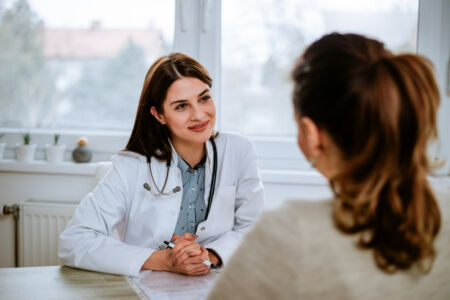
Varicose veins, those bulging, twisting lines that often protrude on the lower portion of the legs, are a fairly common occurrence. In fact, you might be surprised at exactly who is vulnerable to these unsightly veins, especially if you think the condition is limited to elderly women. Center for Vein Restoration has the lowdown on just how frequently these veins occur, and who is most likely to get them.
How Many People Get Varicose Veins?
According to the American Heart Association, around 23 percent of all adults living in the United States have varicose veins. If you include the number of people with other types of vein conditions, such as spider and reticular veins, that percentage goes as high as 85 percent. The older you are, the more likely you are to have at least a couple of varicose veins, with the highest incidences occurring in individuals over the age of 60.
Who Gets Varicose Veins?
Varicose veins have long been associated with elderly females, but it turns out these are not the only varicose vein sufferers. The American Heart Association estimates that around 22 million women and 11 million men have these dreaded veins. Unfortunately, men are less likely to seek treatment for their varicose veins, which can increase their risk of complications swelling, discomfort and the occurrence of open sores around the ankle and foot, known as venous ulcers.
Varicose veins are not restricted to the older crowd, either. While it is more likely you will develop varicose veins in your golden years of life, this condition can strike at nearly any age. Even teenagers and young adults develop the bulging lines on occasion. The good news is that the same treatments that work for elderly patients will be equally effective on younger varicose vein sufferers.
What Causes Varicose Veins?
Varicose veins are typically caused by an underlying condition known as venous insufficiency. This condition occurs when tiny valves inside the veins become damaged or begin to wear out. When the valves don’t function as efficiently, blood can pool inside the veins, leading to vein swelling and varicosity. If venous insufficiency is left untreated, it can lead to uncomfortable symptoms and other complications in some patients.
Am I at Risk?
Risk factors for varicose veins include genetics, age and occupations requiring long periods of standing. However, individuals without any risk factors can also develop this condition. If you do notice those twisting veins starting to develop, there are now many minimally-invasive treatment options that will eliminate unsightly veins and the symptoms that often accompany them.
Varicose veins may be a frequent occurrence, but there are plenty of effective treatments available for those veins today. To learn more about your treatment options, contact Center for Vein Restoration.